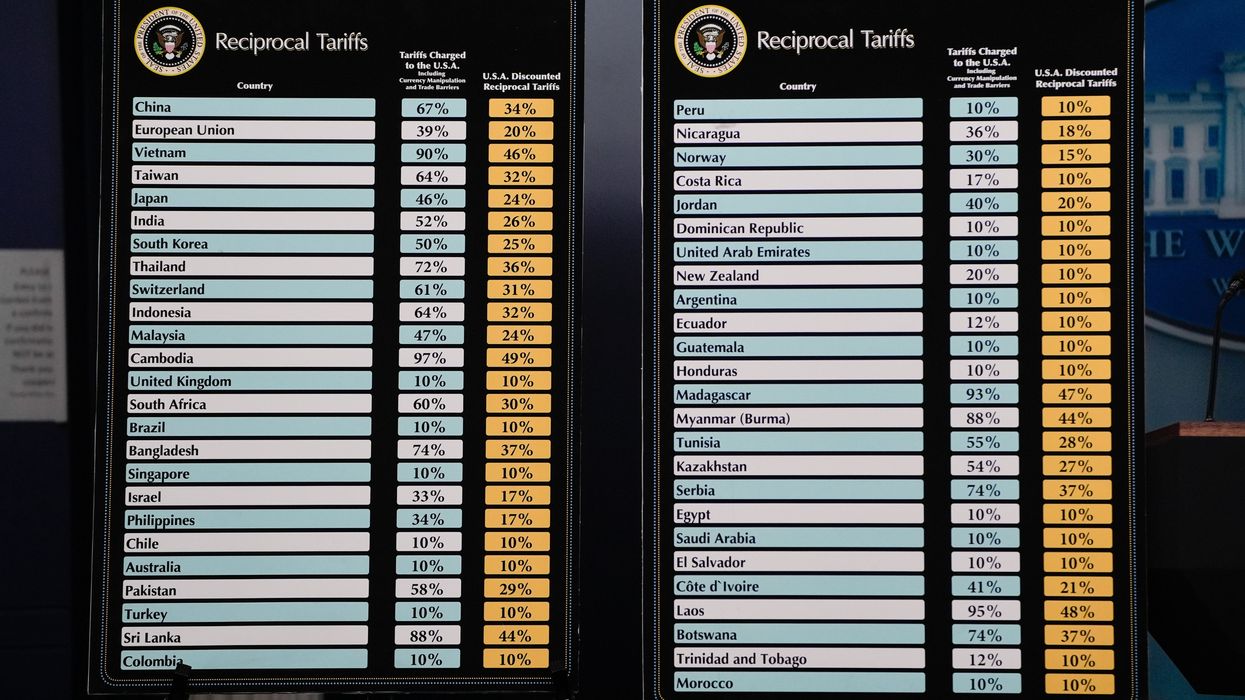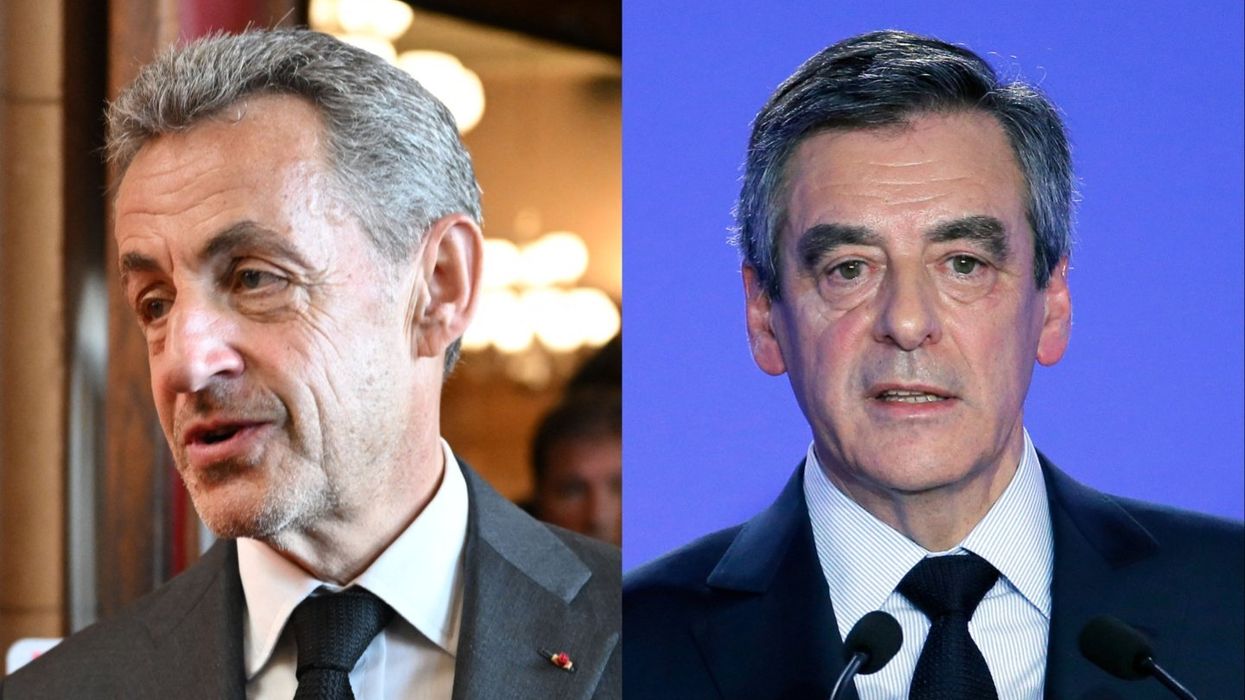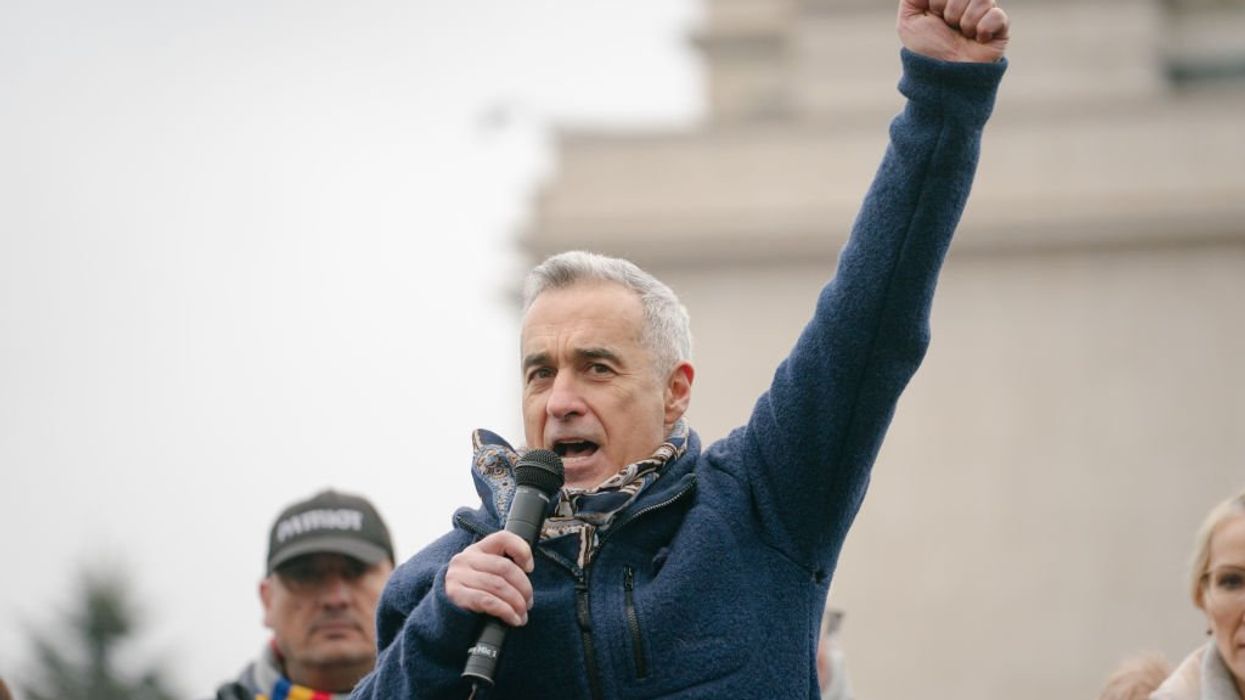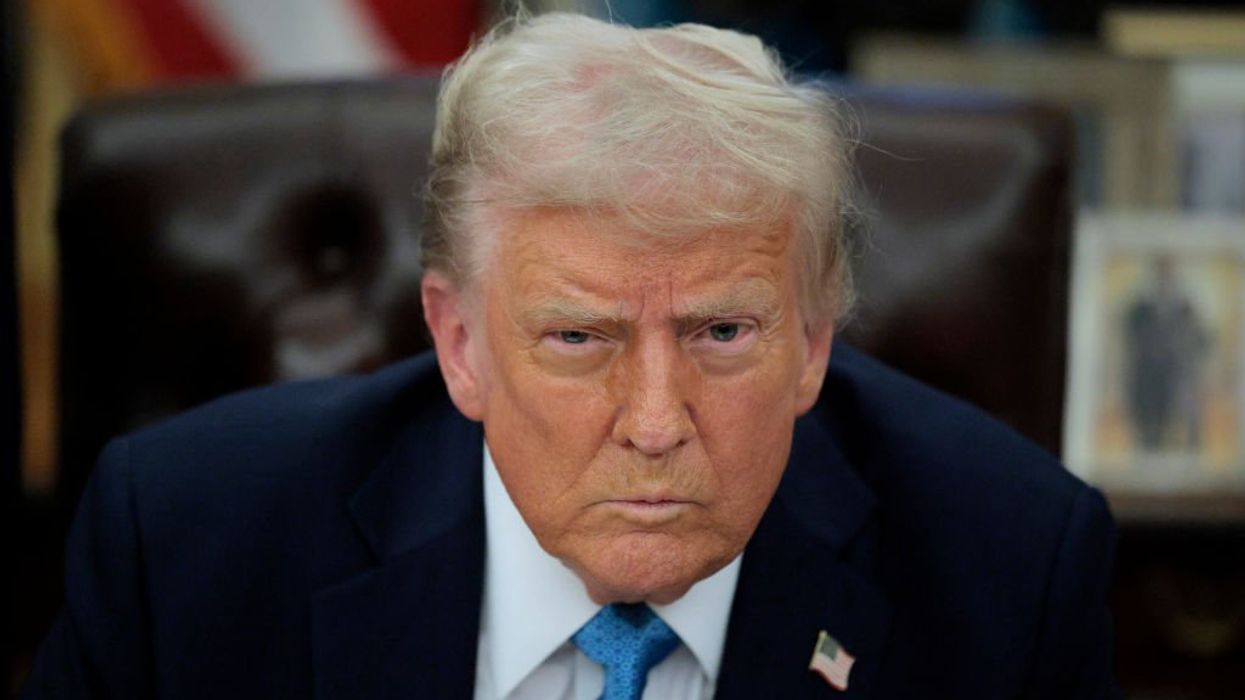The Context
In the midst of sorting out votes during the Iowa Caucus, Hillary Clinton declared herself a "progressive that gets things done." She also stated her position on healthcare, saying “I know that we can finish the job of universal health care coverage for every single man, woman and child.” As with most statements made by a Clinton, the particular choice of words matter. Glenn stated Wednesday on The Glenn Beck Program that Hillary was in favor of a single-payer healthcare system, but that wasn't exactly what she said. Given her penchant for wordsmithing, he wanted to set the record straight.
Word Games
What did Hillary actually say about healthcare? Is she for a single-payer system? It all depends on what the definition of the word "is" is.
“So correction, if you will, and I think it's kind of a word game that we're playing. I said earlier today that in Hillary Clinton's acceptance --- or her Iowa speech --- she said that she was going for single-payer health care,” Glenn said Wednesday on The Glenn Beck Program. "What she said was she was going for universal health care for every single payer.”
Hillary Clinton's speech from Iowa in which she addresses healthcare around mark 4:00:
Reading Between the Lines
The Clintons, known for parsing words when facing scrutiny, artfully craft statements to confuse and allow for wiggle room. (Were those emails "marked" classified, Hillary?) She's trying to make herself appear less radical than Bernie Sanders by using the phrase "universal healthcare" rather than "single-payer," but it's all the same thing, really.
“Yeah, the difference is, in a single-payer, a true single-payer system, Glenn Beck, evil rich person gets his insurance from the government,” Co-host Stu Burguiere said. "The only reason there's any bother to even make this distinction here is because Sanders is trying to go to Hillary's left by saying single-payer, specifically. And she's trying to go to the sensible side and just say, 'No, we'll just pay for 90 percent of people. Not 100 percent. That's crazy.'"
Muddying the Waters
Does she mean she wants the government to pay for everyone’s healthcare or does she mean the feds should oversee a ‘privately run’ system? Her supporters have just enough room to defend her and just enough doubt to support whichever way she goes. Her masterfully crafted statements do plenty to muddy the waters.
Common Sense Bottom Line
The difference between "universal healthcare" and "single-payer" is negligible. Everyone knows what she means is a government-controlled system of healthcare. Hillary keeps saying she's an early 20th century progressives. That's code for socialist. And socialists want the government to control your healthcare.
Listen to the full segment from The Glenn Beck Program:
Below is a rush transcript of this segment, it might contain errors:
GLENN: So correction, if you will, and I think it's kind of a word game that we're playing. I said earlier today that in Hillary Clinton's acceptance -- or, her Iowa speech, she said that she was going for single-payer health care. What she said was she was going for universal health care for every single-payer.
STU: Yes. Every single man, woman, and child.
PAT: That's amazing. And it's the same thing. Virtually the same thing. It's very close to the same thing.
STU: Yeah, the difference is, in a single-payer, a true single-payer system, Glenn Beck, evil rich person gets his government -- his insurance from the government.
PAT: Yeah.
STU: Hillary's idea, Glenn Beck will pay for his own insurance and for everyone else's as he gives his money to the government. So someone who can't afford it will get it from the government, where in a true single-payer, everyone gets it from the government. The bottom line is we pay for everyone who needs it in both instances.
JEFFY: Right. Plus, this is Hillary being allowed to move further left because of Bernie and say it out loud.
PAT: Didn't Obama say I'm for single-payer universal health care, and he said it in the same sentence? It seems like --
OBAMA: A single-player health care plan, a universal health care plan.
PAT: I thought he did.
GLENN: Yes. That's the same thing.
PAT: It's interchangeable. It's essentially the same thing.
STU: A lot of times, the terms are very interchangeable. The only reason there's any bother to even make this distinction here is because Sanders is trying to go to Hillary's left by saying single-payer specifically.
JEFFY: Right.
STU: And she's trying to go to the sensible side and just saying, "No, we'll just pay for 90 percent of people. Not 100 percent. That's crazy." So, you know, she's trying to make the distinction that my idea is pragmatic and can get done, where Sanders, while it's a great idea, we'll never get there. And that's how Barack Obama sold Obamacare too.
JEFFY: Yep.
STU: He said in that clip he said back in the day, I want to get a single-payer program. When he got in front of the country, he said, well, single-payer is too far. Maybe if I started a country, I'd go to single-payer. But we're not there. We need to work within our system to expand coverage and make things affordable.
I mean, in reality, they all want the same thing, they're just arguing how far they can get --
GLENN: What we said was going to happen, we said that they would -- they would start with this Barack Obamacare. Then they would collapse the medical system. Everything would become way too expensive. Then they would say they needed to move to single-payer because this wasn't working and they would expand. I believe we got to get the credit for being right on that one.
PAT: Again, we were right on every point of that Obamacare thing.
JEFFY: Yes.
PAT: And that was one of the many things we were right about.
GLENN: Right. I mean, they called us crazy. Conspiracy theorists. Haters. Everything else. Because we said that's what was going on.
PAT: Exactly what they're going for though.
GLENN: Exactly.
PAT: Exactly. And it's interesting to watch the Democrats because the sensible position Hillary is taking is like the difference between, well, I'm not Marxist, I'm like Vladimir Lenin. I'm not Karl Marx. I'm just Lenin. I'm just carrying out his plan. That's all I'm doing.
That's the difference between Sanders and Clinton. Is the same difference as between Marx and Lenin. One of them is -- one of them is the idea person, the other is just carrying out the ideas. Big deal.
GLENN: She keeps saying I'm an early 20th century progressives. They were all socialist.
PAT: Right.
GLENN: That said we don't want a revolution here. We just want to take it one step at a time. So when Bernie Sanders says, "You want something revolutionary?" She says no.
Featured Image: Democratic presidential candidate former Secretary of State Hillary Clinton speaks to supporters as Former U.S. president Bill Clinton and daughter Chelsea Clinton look on during her caucus night event in the Olmsted Center at Drake University on February 1, 2016 in Des Moines, Iowa. Clinton, Sen. Bernie Sanders (I-VT) and Martin O'Malley are competing in the Iowa Democratic caucus. (Photo by Justin Sullivan/Getty Images)















